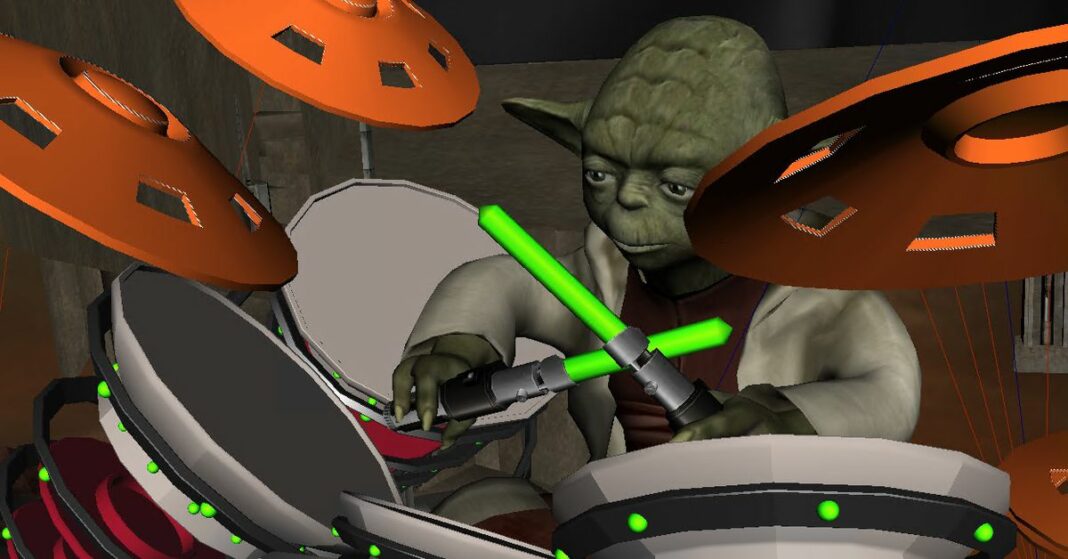Situs Inversus: The Effects of Reversed Anatomy
What is Situs Inversus?
Situs inversus is a rare condition in which the organs of the chest and abdomen are positioned in a mirrored arrangement from their normal placement. This means that the heart and other organs are on the opposite side of the body from where they would typically be located. Situs inversus can affect the heart, lungs, liver, and other organs.
Causes of Situs Inversus
Situs inversus can be caused by a genetic mutation that affects the formation of the organs during development in the womb. It can also be a result of a random occurrence with no known cause. In some cases, situs inversus may be associated with other genetic conditions or syndromes.
Symptoms of Situs Inversus
Most people with situs inversus do not have any symptoms or health problems related to the reversed anatomy. However, in some cases, situs inversus may be associated with other conditions such as congenital heart defects or other abnormalities of the organs. These conditions may cause symptoms such as recurrent respiratory infections or heart murmurs.
Diagnosis of Situs Inversus
Situs inversus is usually diagnosed incidentally during imaging tests such as X-rays, ultrasounds, or CT scans for unrelated health issues. A doctor may suspect situs inversus based on physical exam findings or a family history of the condition. Confirmation of situs inversus can be made through further imaging studies.
Treatment for Situs Inversus
In most cases, situs inversus does not require any specific treatment. However, if situs inversus is associated with other health conditions such as heart defects, treatment may be necessary to manage those conditions. Surgery may be required in some cases to correct abnormal positioning of the organs or to treat associated complications.
Prognosis of Situs Inversus
The prognosis for people with situs inversus depends on the presence of any associated health conditions. Most people with situs inversus have a normal life expectancy and do not experience any serious health problems related to the reversed anatomy. Regular monitoring by a healthcare provider may be recommended to ensure early detection and treatment of any potential complications.
Conclusion
Situs inversus is a rare condition that affects the positioning of the organs in the chest and abdomen. While most people with situs inversus do not experience any health problems related to the reversed anatomy, it is important to be aware of the potential for associated conditions such as heart defects. Early diagnosis and appropriate treatment can help to manage any complications that may arise from situs inversus.
FAQs
Q: Is situs inversus a hereditary condition?
A: Situs inversus can be caused by genetic mutations, but it is not always inherited. Some cases of situs inversus may occur sporadically without any known genetic cause.
Q: Can situs inversus be corrected with surgery?
A: In some cases, surgery may be performed to correct abnormal positioning of the organs or to treat associated health conditions. However, many people with situs inversus do not require any specific treatment.
Q: Are there any long-term complications of situs inversus?
A: Most people with situs inversus do not experience any serious long-term complications related to the reversed anatomy. Regular monitoring by a healthcare provider can help to ensure early detection and treatment of any potential issues.




